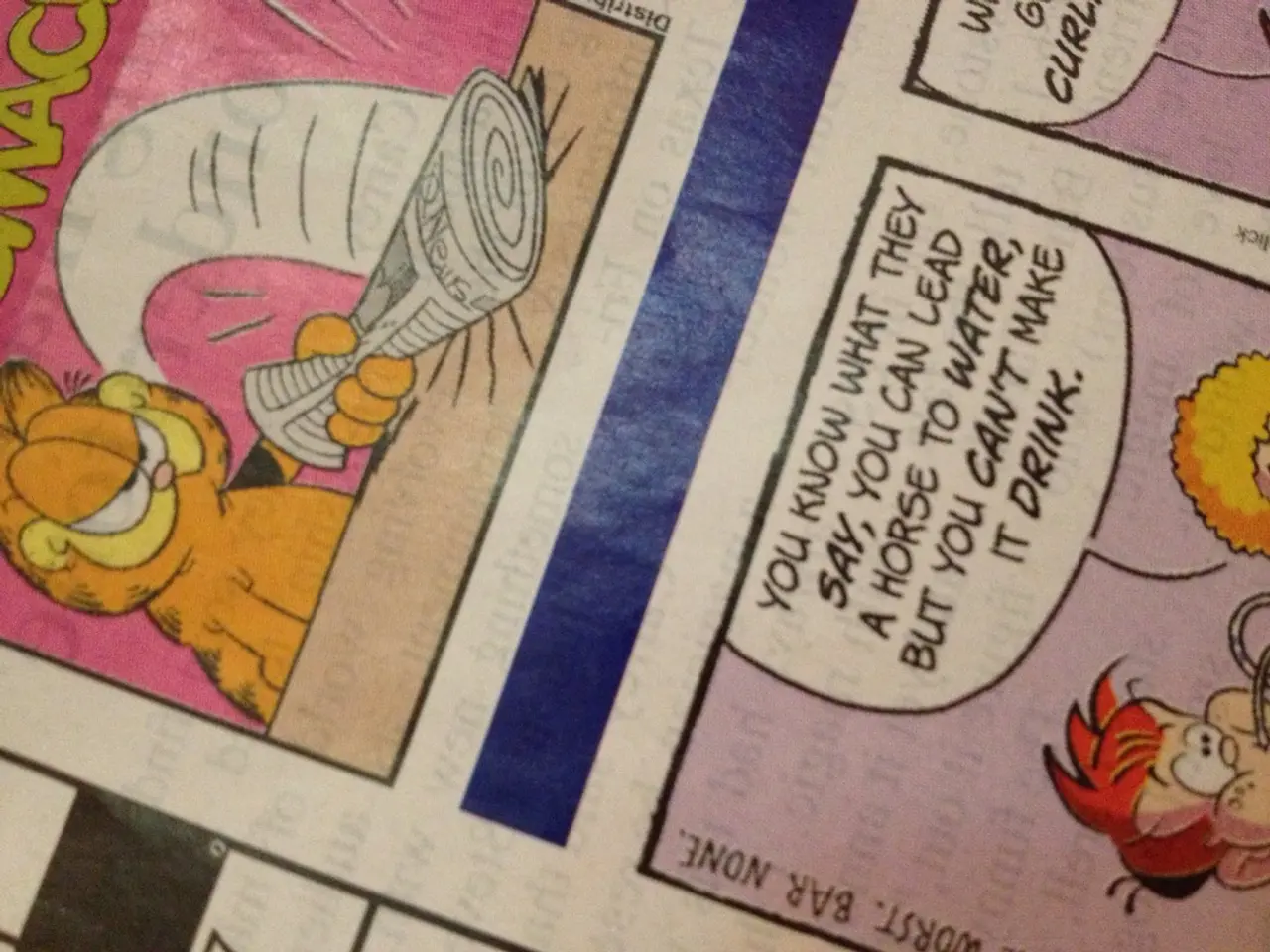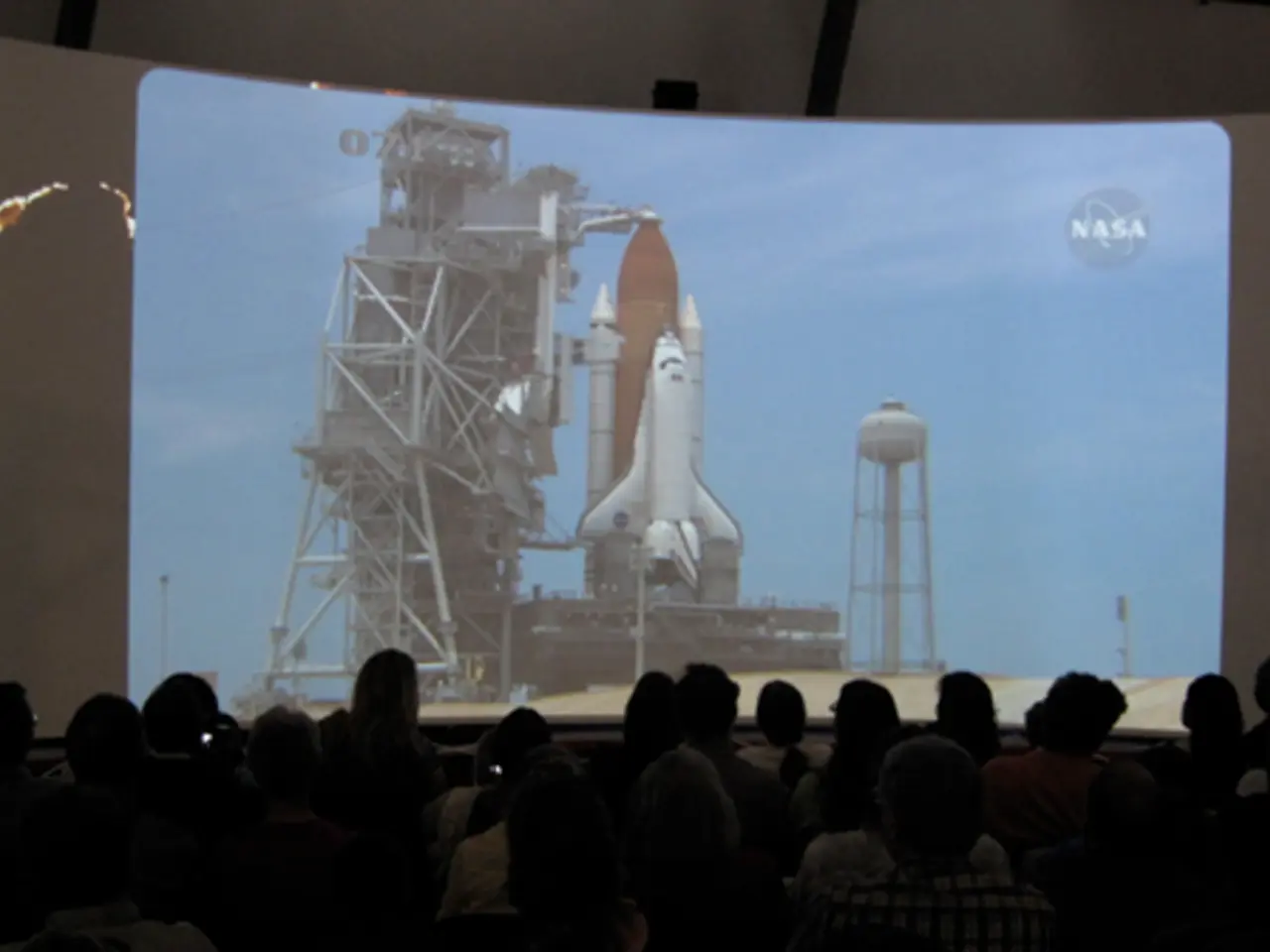Campaign Impact of Political Caricatures: reason behind political cartoons' significance in elections
In the digital age, political campaigns are leveraging a unique and effective tool to engage audiences: political cartoons. These illustrated or animated visuals, used for conveying political messages, have proven to be a potent weapon in the arsenal of campaign strategists.
Political cartoons, with their local language, cultural references, and region-specific issues, resonate deeply with regional electorates. They employ humor, exaggeration, and irony to distill complex political messages into accessible, emotionally resonant, and memorable content. This approach disarms criticism, enhances shareability, and allows campaigns to make sharp commentary.
These multimodal communications, combining image and text, convey complex arguments with emotional impact efficiently. They can circumvent censorship or cognitive defenses in environments of political repression. Such cartoons help build in-group solidarity among supporters and challenge opponents' narratives, effectively strengthening a campaign’s cultural presence and ideological influence.
Moreover, political cartoons serve as powerful tools for persuasion and public engagement. They are instantly understood, even by those with limited literacy or short attention spans, making them a potent force in the political arena. They provoke discussion, stir controversy, and can energize base supporters or influence undecided voters by framing political issues in a compelling, memorable way.
Minimalist illustrations, comic strips, meme-style drawings, and animated shorts are effective formats. Instagram, Facebook, WhatsApp, and Telegram are strong distribution channels for political cartoons. Strong illustration, storytelling, and understanding of current political events are essential skills for creating political cartoons.
AI can generate political cartoons, but they should be reviewed for accuracy, context, and ethics before distribution. Cartoons must avoid defamation, copyright violations, hate speech, and comply with election commission guidelines. Adding the party symbol, candidate name, or campaign slogan improves attribution and prevents misuse by opposition.
Political cartoons can make political candidates appear more relatable and approachable to voters. They help reinforce core campaign messages by visually representing themes. The future of political cartoons in digital campaigns may involve more interactive, AI-assisted, and integrated formats with memes, short-form video, and augmented reality.
However, political cartoons may contribute to political polarization if not responsibly crafted. They should avoid offensive stereotypes and fact-check the message. It is crucial to test content within focus groups before distribution to ensure it resonates with the intended audience and does not inadvertently alienate potential supporters.
In conclusion, political cartoons aid campaigns by simplifying complex issues, enhancing emotional engagement, fostering solidarity among supporters, and provoking public discourse through easily accessible, often satirical imagery and text. They are a cost-effective, organic, and engaging alternative to traditional ads, making them an invaluable asset in modern political campaigns.
- Social media platforms, such as Instagram, Facebook, WhatsApp, and Telegram, are powerful channels for distributing political cartoons in digital campaigns.
- Effective political cartoons can be minimumist illustrations, comic strips, meme-style drawings, or animated shorts, making them highly shareable on various social media.
- Political cartoons, with their ability to distill complex political messages into emotionally resonant and memorable content, can serve as potent weapons in campaign strategy, helping energize base supporters or influence undecided voters.
- AI can generate political cartoons, but it is essential to review them for accuracy, context, ethics, and compliance with election commission guidelines before distribution.
- Political cartoons, by producing sharp commentary and challenging opponents' narratives, can help build in-group solidarity among supporters and strengthen a campaign’s cultural presence and ideological influence.
- In digital campaigns, political cartoons are a cost-effective, organic, and engaging alternative to traditional ads, aiding campaigns in simplifying complex issues, enhancing emotional engagement, and fostering public discourse.







